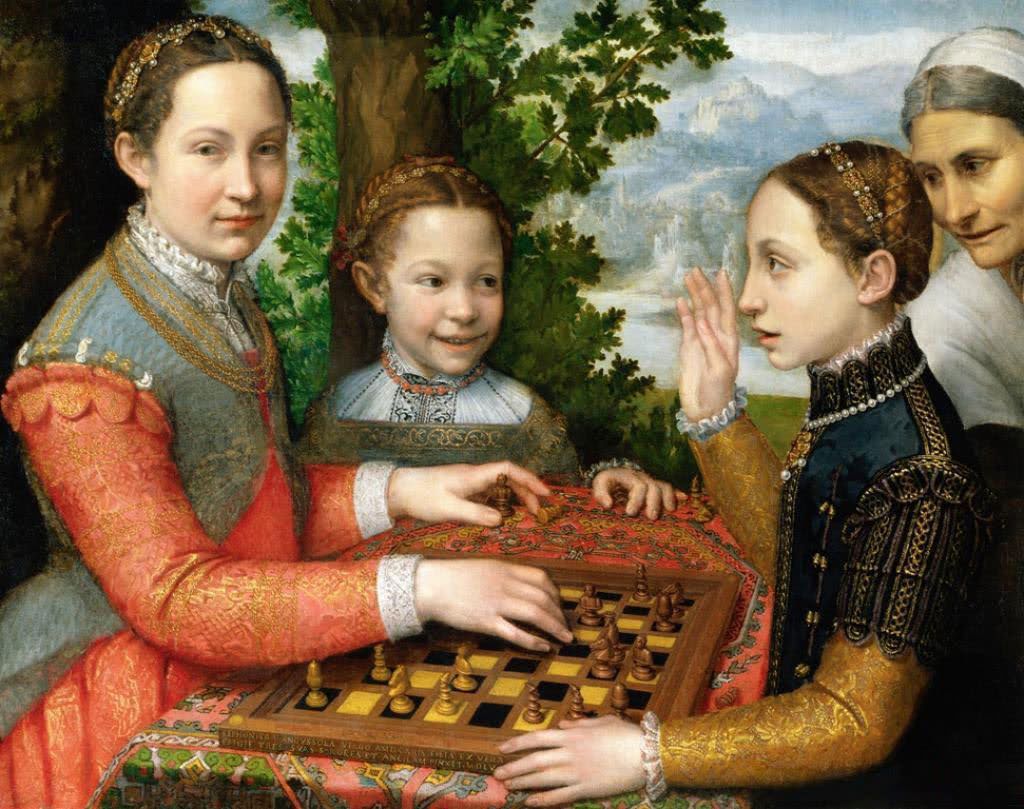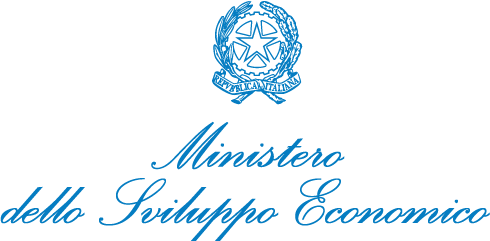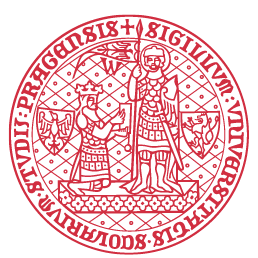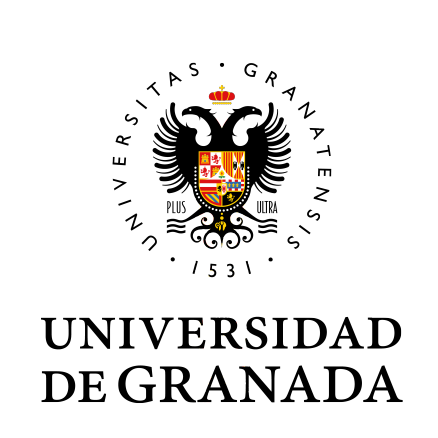The participatory pilots each had a dual role of working with their respective communities, but also addressing specific project themes, one of these was the exploration of the roles that women have played and their representation within cultural heritage.
One of many indicators for gender-biased representation of small-town heritage is the lists of famous inhabitants, monumentalised via statues, plaques and street names, that have traditionally been male (e.g. mayors and office holders, politicians, entrepreneurs, inventors and intelligentsia, military heroes, and to some degree even artists). It is clear that the role of women has structurally been marginalised and has to be addressed. Local heritage experts are making an effort to identify and recognise forgotten female figures, as well as to acknowledge more diverse, gender-balanced, experiences that have made contributions to community wellbeing, this is especially pertinent, given that role models often send strong messages on what are desirable aspirations.
Historically, institutions have been shaped by men, as directors, curators, collectors, researchers and ministers and local authorities. This is significant since the absence of women or their concentration in certain sectors influenced all operational fields of the museum, especially the development, perception and presentation of collections. This is also an issue of representation, as women are still not well represented in permanent exhibitions, and when they are, it is often only in connection with traditional gender stereotypes, for example as mothers or art objects. Although women have rarely held leading positions in museums, the history of museums shows that women have been collectors, founders, curators and patrons since the very beginning. Their contribution is now being reassessed. Furthermore, current museum statistics show a trend towards a more balanced ratio. Acknowledging the importance of women as transmitters, producers and consumers of cultural heritage is an indispensable prerequisite for the implementation of participatory projects.

The Chess Game, Sofonisba Anguissola, Public domain, via Wikimedia Commons
The Minority heritage pilot noted that within an already disadvantaged Roma community, women have traditionally been an oppressed group, and yet, things are beginning to change. The pilot worked with many women, engaged in very different aspects of heritage, identifying several initiatives where women have leading roles. The panel held at the REACH conference in Budapest was all female, each representative there as a strong community voice, including the driving force behind the Roma Country House in Hodász, a place where social programmes have been held including one that targeted the prevention of young Roma girls from leaving school early. The activities mapped by the pilot prove that the heritage sector can have a positive impact on the empowerment of Roma women, through initiatives that open up a space where female entrepreneurship can be encouraged, supported and valued.
The agrarian environment has traditionally been unfriendly to women, as the farmers have traditionally been male. However, the presence of women is integral in other rural cultural heritage practices, forming the majority of volunteers attending pilot activities. At least 60% of participants were female, but their participation was also significant because they were clearly more active in supporting the archaeological team, enquiring about more family-focussed activities and highlighting their historical role in traditional activities (such as during Mojaquera Workshop around the main fountain of the town). The Italian cases studies demonstrated that female voices have been more prevalent in the protest movements and in educational projects that have been instigated to help the general public understand the significance of the loss of traditional systems and processes.
Further details relating to these examples can be found in the four pilot deliverables; links are available from the respective pilot pages.
Advancing Women Artists aims to identify and restore art works by women that had been hidden away in storage facilities across Tuscany's museums and churches. It pursues a threefold programme of initiatives in the fields of research, restoration and curation of exhibitions. The sheer volume of works by women has prompted AWA to work for the creation of a dedicated space to display works by these overlooked artists. This identification, in its turn, will contribute to diversifying the cultural offer of museums and galleries and hopefully to promoting a more gender-balanced understanding of heritage. The AWA’s programmes rely on the involvement of women world-wide to support art and conservation through the international Advisory Board or as research volunteers. Creating a connection between modern-day art lovers and women artists of the past, whose works have long remained hidden, is crucial in order to protect the legacy of women artists.
Further details of this best practice case study (together with others that address different REACH themes) can be found in D6.4 - Resilience and social innovation in cultural heritage: a collection of best practices
The REACH project has worked to highlight the ways in which the roles that women have played in cultural heritage, and also society, have been overlooked. There is clearly a desire to change this, and signs that things are moving in the right direction, even if this process still has a long way to go. The project has therefore been eager to underpin its work with this theme of gender representation and therefore contribute towards the ongoing discourse.












